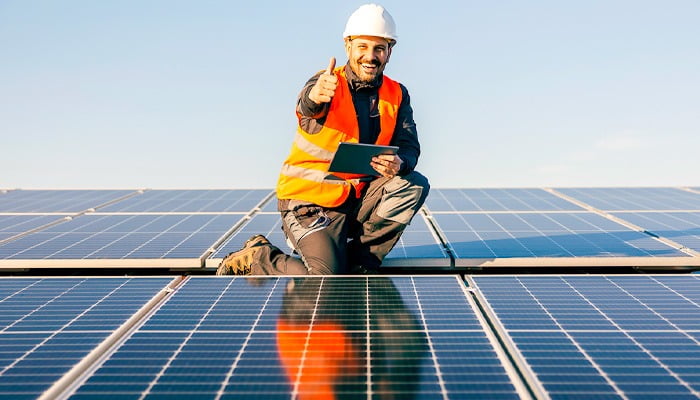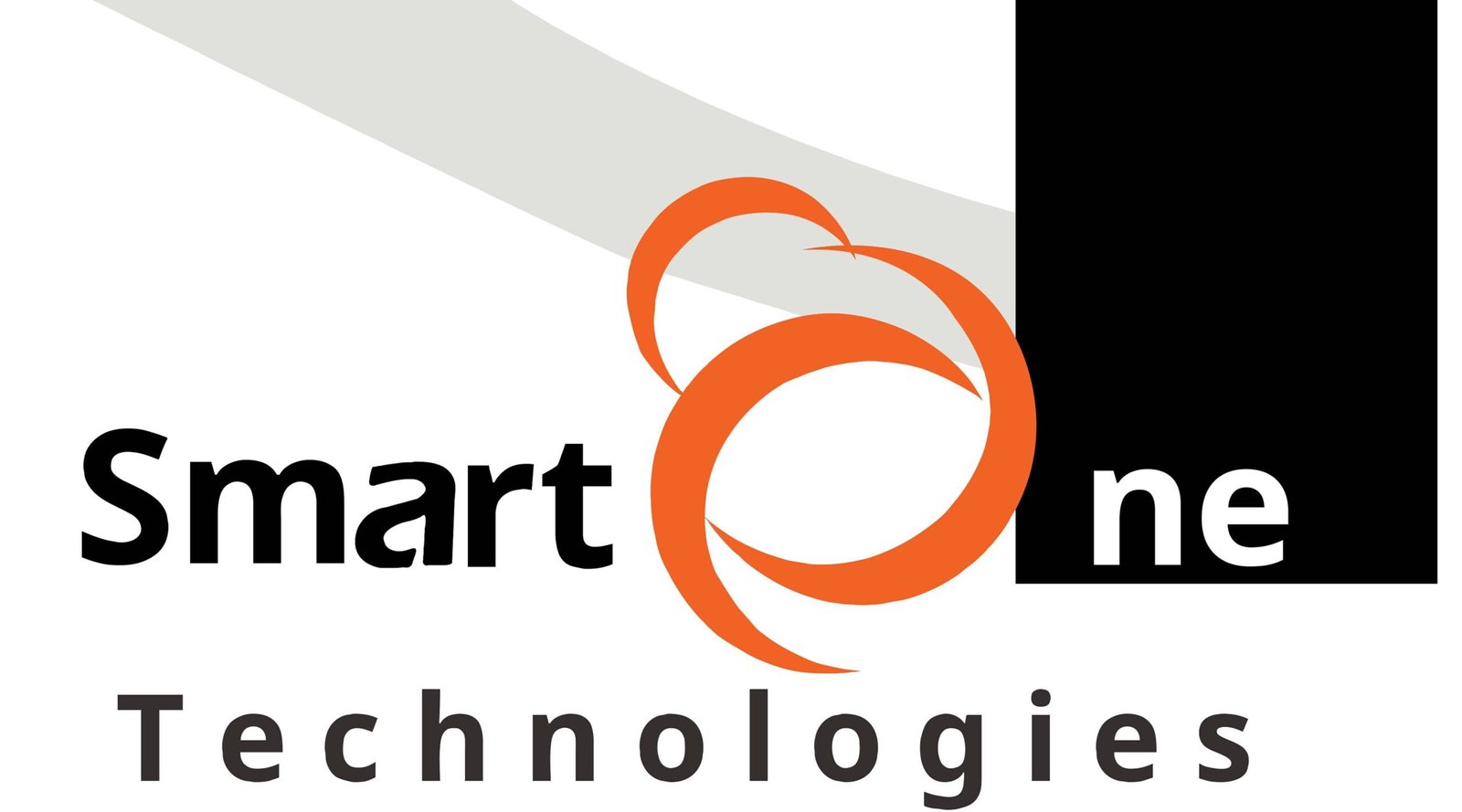Introduction
Ever thought of harnessing solar power to operate your home? Solar panels are a great way to reduce your carbon footprint and save on energy costs. Where do you begin? The ultimate guide takes you step-by-step through the entire process. It will help you understand how solar panels function, choose the best system to suit your needs and navigate the installation process.
Why go solar?
Environmental Benefits
Solar energy can be a powerful way to help create a greener and cleaner planet. Solar panels produce electricity without emitting any greenhouse gases. This reduces your carbon footprint.
Financial Savings
Solar panels are a great investment, even though the initial cost can be intimidating. They can help you save a lot of money in time. You can reduce your energy bill or eliminate it by generating electricity yourself. Some rebates and incentives will help you offset your upfront costs.
Energy Independence
Solar panels offer a level of independence from the grid that is hard to match. You become more independent and less dependent on the power grid by producing your energy.
Understanding Solar Energy
Solar Panels: How They Work
Photovoltaic cells (PVs) are used in solar panels to convert sunlight into electricity. The electricity produced is direct current, which is converted by the inverter into alternating voltage (AC).
Solar Panel Types
Solar panels are available in three main types for home use.
- Monocrystalline panels are known for their efficiency, sleek look, and high performance. They’re made of a single crystal.
- Panels with Polycrystalline Structures are typically less expensive but less effective. They consist of multiple crystal structures.
- Thick-Film Panels: These are flexible and lightweight but less effective. They can still be used for a wide range of applications.
How to Assess Your House’s Solar Potential
Roof Assessment
Solar panels are only suitable for some types of roofs. Roofs with large unobstructed areas facing east, west, and south are the best. Professional installers can assess the suitability of your roof by considering its angle, orientation, and shade from other buildings or trees.
Calculating Energy Needs
Start by examining your monthly electricity bill. Calculate the average energy usage per month and take into account any changes you may make to your energy usage, like purchasing an electric car or adding new appliances.
How to Choose the Right Solar System
Grid-Tied Systems vs. Off-Grid Systems
- Grid Tied Systems: They are linked to the local utility network, which allows you to take power from the grid when your solar panels don’t produce enough power and sell the excess back to it.
- Off-grid systems: They operate independently of the grid and require battery storage to supply power during times when the sun doesn’t shine.
Solar System Components
- The Solar Panel is the heart of any system. It converts sunlight to electricity.
- Inverters Convert DC power from panels to AC for use in your home.
- Mounting systems: Fix the panels on your roof or to the ground.
- Storage of Batteries Optional but helpful for the storage of excess energy for use on cloudy or nighttime days.
- Monitor Systems: Track the performance of your system and its energy production.
How to Find a Qualified Installation
Installer Research
The right solar installer will make or break your project. It would help if you looked for companies that have a good track record, are certified, and have a lot of positive customer feedback. Do not hesitate to request references or examples of previous work.
Multiple Quotes
Compare prices and service offerings by getting quotes from multiple installers. Make sure each quote contains a breakdown of the costs, energy expected, and warranty.
Permits, Regulations, and the Navigating of Permits
Understanding Local Regulations
You’ll also need to comply with the local regulations and building codes before you can install solar panels. Your installer will help you through this process. However, it is important to know what your local building codes and regulations are.
Homeowners Association Rules
Check the rules of your HOA if you reside in an HOA-governed community. HOAs may have guidelines regarding the appearance and placement of solar panels.
Installation Process
Site Assessment and Design
They will then conduct an in-depth site assessment and design a solar system to maximize the potential of your roof. It involves measuring the roof and its orientation as well as identifying shading problems.
Installation Steps
- Installing Panels Installers will secure the mounting system on your roof.
- Mounting Solar Panels: After mounting the solar panels, the entire structure is then covered with the panels.
- Installing Electrical Wiring: The electrical wiring connects the solar panels with the inverter and the home’s electric system.
- Installing and Connecting an Inverter The inverter has been installed.
- Final inspection Once all the components are in place, an inspection is performed to ensure that it meets safety and performance requirements.
Maintaining Your Solar System
Cleaning and Maintenance
Regular cleaning of solar panels can maintain their effectiveness. Clean the solar panels of any dirt or debris that has accumulated.
Monitoring Performance
Track your production and consumption of energy using a monitoring tool. It will help you to identify problems early and make sure your system performs as it should.
Professional Inspecting
Professional inspections are a great way to catch problems early before they escalate. Many installers offer maintenance packages, which include cleaning and regular inspections.
Rebates and Financial Incentives
Federal Tax Credits
Many countries, including the US, offer homeowners federal tax credits to cover an important portion of installation costs. Take advantage of the incentives available to reduce your initial price.
State-Local Incentives
Consult your local and state governments to find out if they offer any additional rebates or incentives. Many programs encourage the adoption of solar energy, reducing costs.
Utility Company Programmes
Solar energy systems are eligible for rebates and net-metering programs from some utility companies. You can earn credits for selling excess electricity to the grid by using net metering.
Common misconceptions about solar energy
The cost of solar panels should be lowered.
Solar panels are a good investment, even though the initial cost is high. The long-term energy savings, along with the available incentives, make them a worthwhile purchase. The initial costs can be made more affordable by financing options.
Only sunny climates can use solar panels.
Even on overcast days, solar panels are able to generate electricity. However, their effectiveness is greater in direct sunlight. Solar panels are suitable for all climates. They can be used in sunny regions or overcast ones.
Maintaining is a Complex Task
Low-maintenance solar panels are built to last. It is usually enough to clean them regularly and have them inspected by a professional every so often.
Success stories in Real Life
Suburban Home Transformation
After installing a solar 5kW system, a suburban family saw their electric bills fall by 80 percent. In just seven years, the system was paid off, and now they have almost free electricity.
Rural Household Independence
Solar panels combined with battery storage allowed a rural family to go off the grid. The system provided reliable power in even remote areas and reduced their dependence on the grid.
Urban Apartment Building
Solar panels were installed on the roof of an urban apartment complex to reduce energy costs for residents and promote sustainability. This project increased the value of the building and brought in environmentally-conscious tenants.
Future Trends of Solar Energy
Technological Developments
Solar technology is constantly evolving. Newer, more effective panels and improved storage options are being created. Solar energy will become more affordable and accessible with these innovations.
Smart Home Integration
Smart home technology is increasingly being used to integrate solar energy systems. This allows homeowners to monitor their energy usage and optimize it remotely. Solar power is more efficient and convenient with this integration.
Community Solar Projects
The community solar project allows multiple households to benefit from a single installation. Solar energy is now more affordable for people who cannot afford to install solar panels in their homes.
Overcoming challenges in solar adoption
Investment costs
The upfront costs of solar power systems put off many homeowners. Financing options, tax incentives, and falling solar panel costs make it affordable.
Installation and Space Requirements
Installing solar panels can be difficult for those with limited space on their roofs or yards. Alternatives for people with limited space include ground-mounted solar systems or community solar projects.
Limitations of Technology
Solar technology is a very advanced field, but there are challenges. For example, the efficiency can drop in some conditions, and you need to find effective solutions for energy storage. These issues are being addressed through continuous research and development.
Maximizing Solar Energy Efficiency
Optimal Panel Placement
The placement of solar panels is crucial to maximize their efficiency. Make sure your solar panels receive maximum sunlight. They should be facing the south, with little shading.
Practices for Energy Saving
Solar energy systems can be maximized by adopting energy-saving habits such as switching off lights and using energy-efficient appliances.
Improve Home Insulation
Solar energy systems can be more efficient if you improve your insulation.
Solar panels are a great investment for your home. They pay off in many ways. The benefits are obvious, from financial savings and environmental advantages to increased energy independence. This ultimate guide will help you navigate through the solar energy process confidently and enjoy the benefits. Why wait, then? Start today to move towards a greener and brighter future.



One Comment on “The Ultimate Guide for Installing Solar Panels at Your Home”
The Importance of Solar Panel Maintenance and Repair - Smart One Technologies says:
[…] and Repair for Solar Panels have become an attractive energy solution in today’s increasingly eco-conscious society, […]